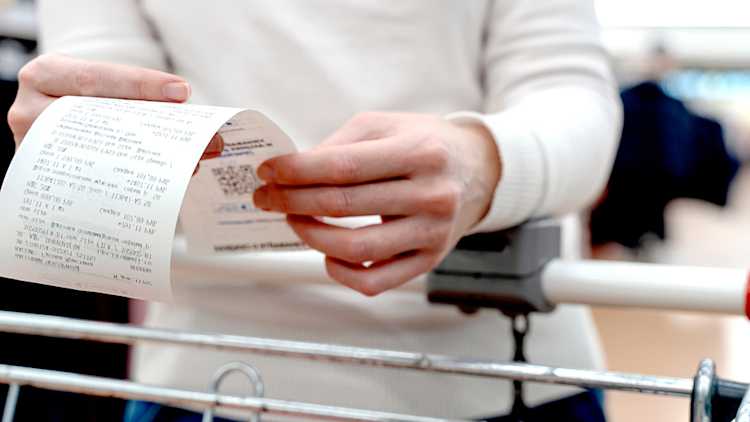Six ways to help get the right price for your product

The food and beverage industry has recently operated in an environment of considerable inflation.
Maintaining the right price to sell your products is an ongoing function in your business.The cost of many inputs increased, forcing processors to raise their selling prices. Now, inflation shows signs of subsiding, and we could see deflation in some inputs. Retailers will challenge their cost of goods, and it will be more difficult than ever for processors to determine the right price at which to sell their products.
During periods of change, it’s important to watch your category in stores. Here are six tips to help you get your product at the right price:
1. Start tracking
Track retail pricing to understand what’s happening with all products. If private label pricing is going up, that’s a good indication retailers have accepted the increase as warranted. Your price should have moved up at a similar rate.
2. Scrutinize others
Analyse prices per volume and consider any variables that differentiate your or your competitor’s products. If you see prices decline, you know your customers expect the same from you. That does not mean you must go down but must be ready for the conversation.
3. Avoid overstocking
As prices increased, buying larger amounts of inputs or packaging may have been advantageous. Now, as some prices level off or even decline, purchasing smaller amounts in anticipation of a decrease might be a better strategy. It’s never a good thing to be overstocked on overpriced inventory. Challenge your suppliers to deliver the right pricing. When the economy goes through a period of inflation, some companies assume prices will continue to rise.
4. Promote your fight
Watch your cost of goods closely to ensure you know the facts. Your customers will probably challenge you. If there is something unique about your product or your package, your customers need to understand this. Communication is always important. Be proactive and educate them. Do not assume they understand your specific situation. Let them know if you can find some inputs that decline and offset an increase in something like labour. They like to hear you are fighting to keep prices as reasonable as possible.
5. Change with the market
Your perception of the right price should evolve as the market changes. As you likely understand, food and beverage entrepreneurs are passionate about their products. Some believe they will only sell at a certain price point. This can be developed over time from experience selling directly, where consumers can give direct feedback. This is always valuable, but you also must change with the market. If the category is going up, consumers might not like it, but it’s a reality. They will see all the products increasing.
6. Consider the purchasing environment
Another consideration is the environment in which a consumer makes the decision to buy. Pricing for the same item in a specialty store, where there is a high level of service and carry-out to the car, is different than in a conventional store where consumers use self-checkout.
Maintaining the right price to sell your products is an ongoing function in your business. Retailers want stability, but they will also push for the right price. Monitor the category in-store, understand the facts, and do not let your own personal perception cloud the reality of the situation. Retailers respect suppliers who understand their own business and the marketplace and communicate regularly about the selling price of their products.
Article by: Peter Chapman

